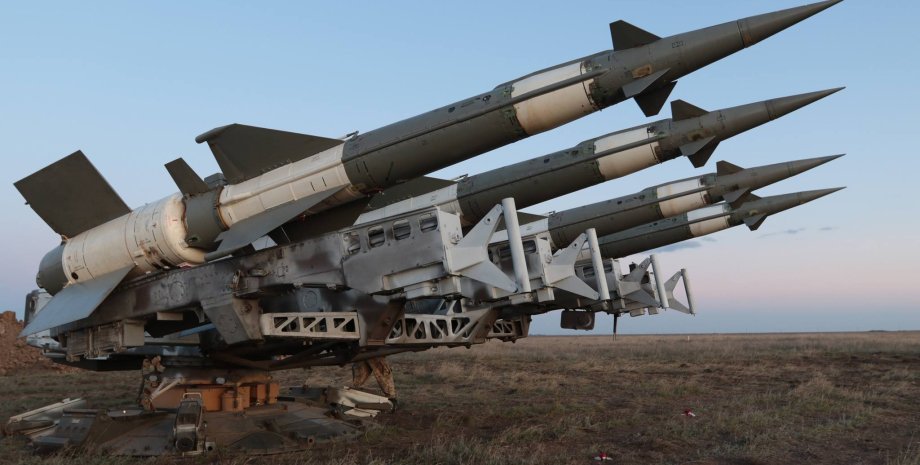
 By Victor Duda
By Victor Duda
The complex has no state -of -the -art equipment, in addition, it is stationary and installed for a long time, and then transport to another place. The Details of application of the SPR was told by the commander of the starting battery C-125 with the call sign "Lion", the post of the Armed Forces Command on Facebook page is said. The post states that the story of the work of anti-aircraft missions is dedicated to the day of the anti-aircraft missile troops, which will be celebrated on July 3.
The protagonist of the report - a lion, who, on the eve of the Russian invasion in 2022, barely had time to graduate from Kharkiv National Air Force. At first he worked at the BUK SPR, and then-on C-125. He explained that he had little practical experience at the beginning of the fighting. Since then, he learned a lot by commanding a crew of several fighters. The first goal that managed to knock down is the caliber missile that was flying to the Odessa region.
To date, the unit has about half a hundred rockets of the Armed Forces of the Russian Federation and Dronov-Kamikadze Shahd. The young Ukrainian officer commands the C-125 battery, which consists of several devices: several starting installations (each-four rockets), a transportation machine, a starting system. The installation was developed in the 60 years of the last century, so it does not work in automated mode, said the fighter.
This means that the crew monitors all the details to make a pretty shot at some point. "We have to exhibit azimuth every time, monitor the corner coordinates of the goals, control the settings of antennas . . . The algorithm of killing hostile goals is multi -stage and quite difficult," he said. In addition, it is necessary to keep in mind two more features, the lion emphasized.
First, the fighters should monitor the missiles that came off the conveyor in 70-80: check whether 40-50-year-old shells are still working. Secondly, the installation is not mobile, but stationary: the change of location-"more and the task with an asterisk". "Often, something is failed because of the age of the SDR. So even when there is no combat work - we always have something to do," the starting battery commander with the call sign "Lion" explained.
It should be noted that on June 29, Focus showed a photo of another air defense tool that Ukrainians have. It's about the Yak-52 training aircraft, which got on the video of the Russian reconnaissance drone Zala. The first pictures of this aircraft appeared in April 2024 - it hunted the drones of the Armed Forces of the Russian Federation, which was spying in the south. There are eight marks on the cabin that show the number of enemy devices destroyed.










All rights reserved IN-Ukraine.info - 2022